Antique cars serve as fascinating relics of automotive history, captivating enthusiasts with their vintage charm and timeless appeal. Despite the rapid evolution of modern car technology, these classic vehicles continue to hold a special place in contemporary car culture. Exploring the integration of antique cars into today’s automotive scene offers unique perspectives and experiences to car enthusiasts.
The Allure of Antique Cars
The historical significance of antique cars cannot be overstated. Vehicles like the 1930 Ford Model A represent the pinnacle of early automotive engineering, showcasing craftsmanship that laid the foundation for today’s industry. These cars offer a glimpse into the past, illustrating how design and technology have evolved over the decades. Their influence is seen in the way modern cars are designed, as many features first introduced in antique cars have become standard in contemporary models.
Beyond their historical importance, antique cars evoke a strong sense of nostalgia and aesthetic appeal. The sleek lines of a 1957 Chevrolet Bel Air or the iconic silhouette of a 1965 Ford Mustang can transport enthusiasts back to a different era. Collectors and enthusiasts often form emotional connections with these vehicles, cherishing the memories and stories they embody. These cars are not just machines; they are pieces of art that capture the imagination and admiration of people across generations.
Certain models have achieved cultural icon status, becoming symbols of specific eras and lifestyles. The 1967 Volkswagen Beetle, for example, is synonymous with the counterculture movement of the 1960s, while the 1980s DeLorean DMC-12 gained fame as a time machine in the “Back to the Future” film series. These iconic vehicles not only reflect the technological advancements of their time but also embody the social and cultural shifts that defined their respective periods.
Collecting and Restoring Antique Cars
The art of restoring antique cars is a meticulous process that requires a deep understanding of both historical accuracy and modern techniques. Enthusiasts often spend years restoring vehicles like the 1929 Duesenberg Model J, striving to preserve their original beauty while integrating advancements that enhance performance and safety. This dedication to authenticity preserves the legacy of antique cars, ensuring they remain a vibrant part of car culture.
Antique cars also present a unique investment opportunity. The market for classic vehicles has seen significant growth, with models such as the 1962 Ferrari 250 GTO fetching millions at auction. Collectors view these cars as valuable assets that can appreciate over time, driven by factors such as rarity, provenance, and historical significance. For many, the financial aspect of collecting antique cars is just as appealing as the joy of owning a piece of automotive history.
The community and networking opportunities within the world of antique cars are vast and varied. Enthusiasts gather at events like the Pebble Beach Concours d’Elegance or through online platforms such as ClassicCars.com to share their passion and knowledge. These communities foster connections between collectors, restorers, and historians, creating a vibrant network that celebrates the enduring legacy of antique cars.
Antique Cars in Modern Events and Media
Antique cars hold a prominent place in prestigious automotive events, where they are celebrated for their elegance and historical importance. Car shows and Concours d’Elegance events provide a platform for enthusiasts to showcase their meticulously restored vehicles, such as the 1936 Bugatti Type 57SC Atlantic. These gatherings are not just about competition; they are about appreciating the craftsmanship and history that these vehicles represent.
In addition to physical events, antique cars often take center stage in film and television. The 1964 Aston Martin DB5, famously driven by James Bond in “Goldfinger,” is a prime example of how these vehicles contribute to storytelling as period-accurate props or character-defining elements. Their presence in media not only enhances narratives but also introduces new audiences to the allure of classic cars.
Social media and digital platforms have further amplified the visibility of antique cars, reaching a broader and more diverse audience. Platforms like Instagram and YouTube allow enthusiasts to share their restoration journeys and showcase their collections, while dedicated forums and groups provide spaces for discussion and advice. This digital presence has helped sustain interest in antique cars, ensuring their continued relevance in modern car culture.
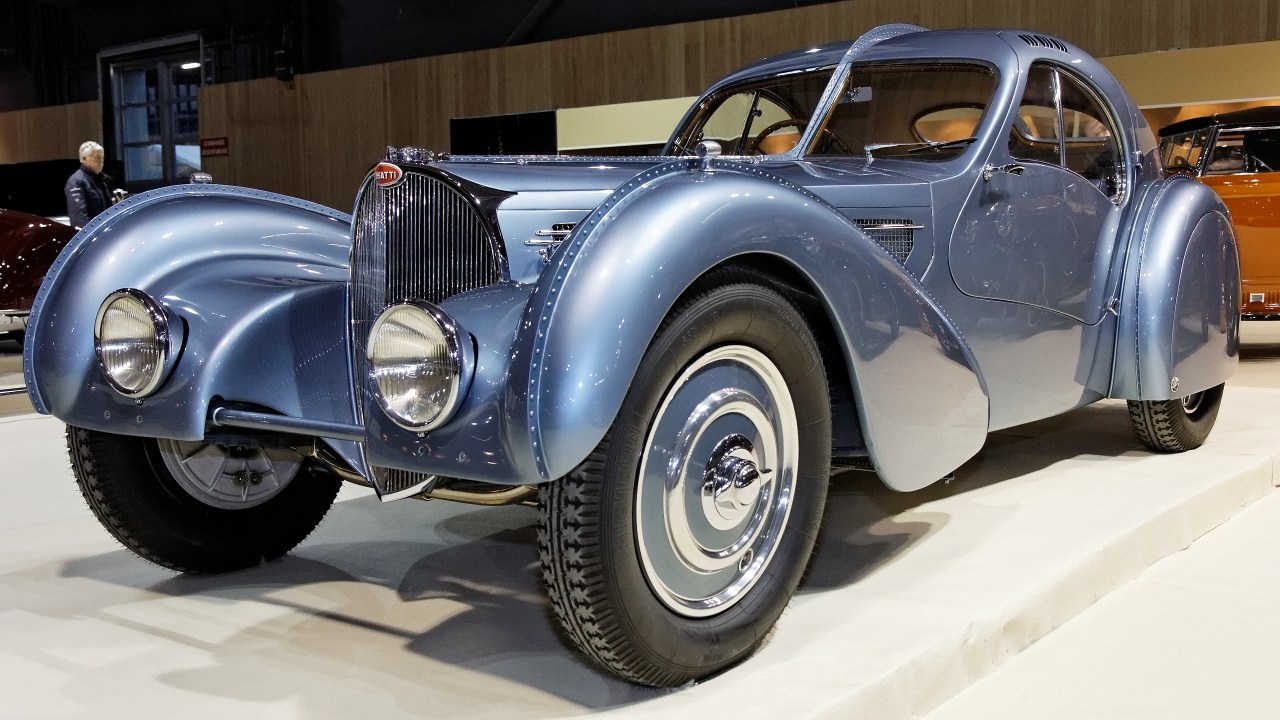
Technological Integration and Challenges
The debate between modernization and preservation is a central theme in the world of antique cars. Purists argue for maintaining the originality of vehicles like the 1915 Ford Model T, while others advocate for integrating modern technology to enhance practicality and safety. Finding a balance between these perspectives is crucial for ensuring that antique cars remain accessible and enjoyable for future generations.
Technological adaptations have made it possible for antique cars to be more road-worthy and environmentally friendly. Innovations such as electric powertrains and modern suspension systems can be retrofitted into classic vehicles, like the 1972 BMW 2002, without compromising their historical integrity. These adaptations not only improve performance but also align with growing environmental concerns, making antique cars a more sustainable choice for enthusiasts.
However, antique car owners face challenges with regulatory and legal considerations. Emissions standards and roadworthiness requirements can pose obstacles for those wishing to drive their classic vehicles, especially in regions with strict automotive laws. Navigating these regulations requires a deep understanding of both the legal landscape and the technical aspects of maintaining an antique car.
The Future of Antique Cars in Car Culture
The evolving demographics of car enthusiasts are reshaping the role of antique cars in modern car culture. Younger generations are increasingly engaging with classic vehicles, drawn by their unique stories and the hands-on experience of restoration and maintenance. This shift is redefining how antique cars are perceived and valued, ensuring their continued relevance in an ever-changing automotive landscape.
As sustainability becomes a central concern, the relationship between antique cars and the environment is being reexamined. Strategies such as using alternative fuels or implementing carbon offset programs are being explored to minimize the ecological footprint of classic vehicles. These efforts highlight the potential for antique cars to coexist with modern sustainability goals, contributing to a more environmentally conscious car culture.
Preserving the heritage of antique cars is essential for ensuring they remain an integral part of car culture. This involves not only maintaining the physical vehicles but also fostering an appreciation for the history and craftsmanship they represent. By passing down knowledge and passion to future generations, enthusiasts can ensure that antique cars continue to inspire and captivate for years to come.
Like Fast Lane Only’s content? Be sure to follow us.
Here’s more from us:
*Created with AI assistance and editor review.


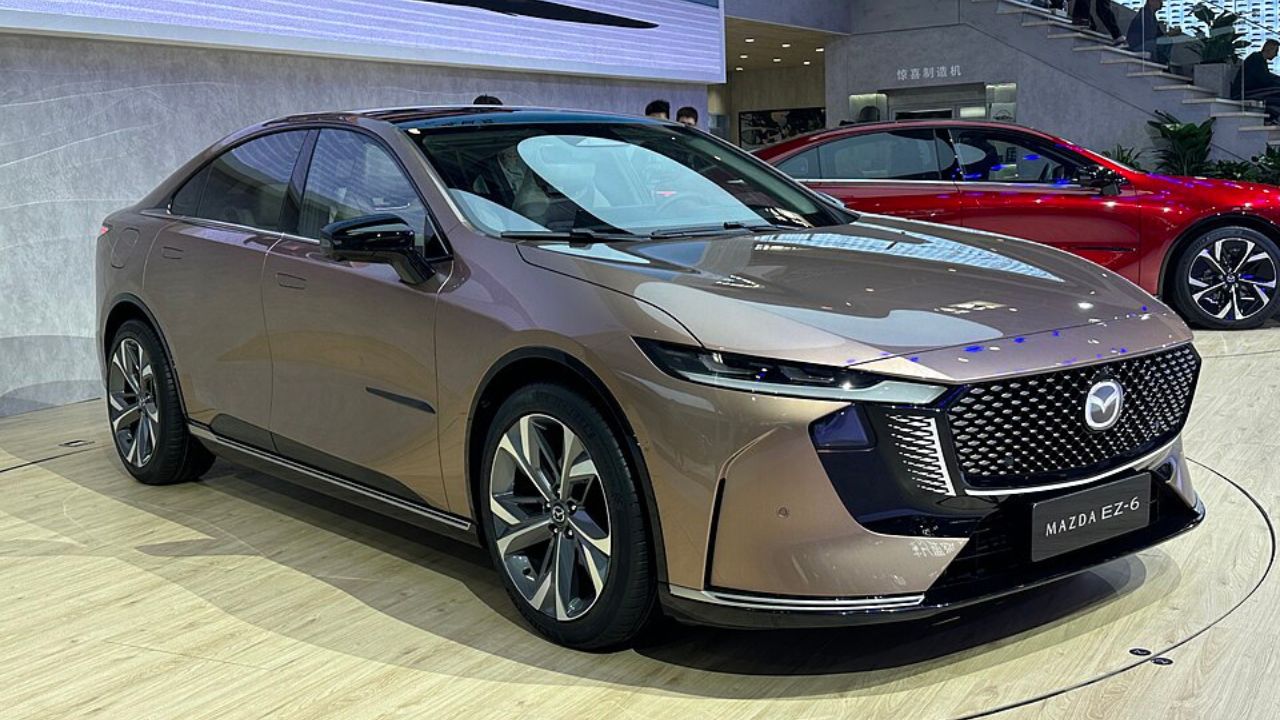
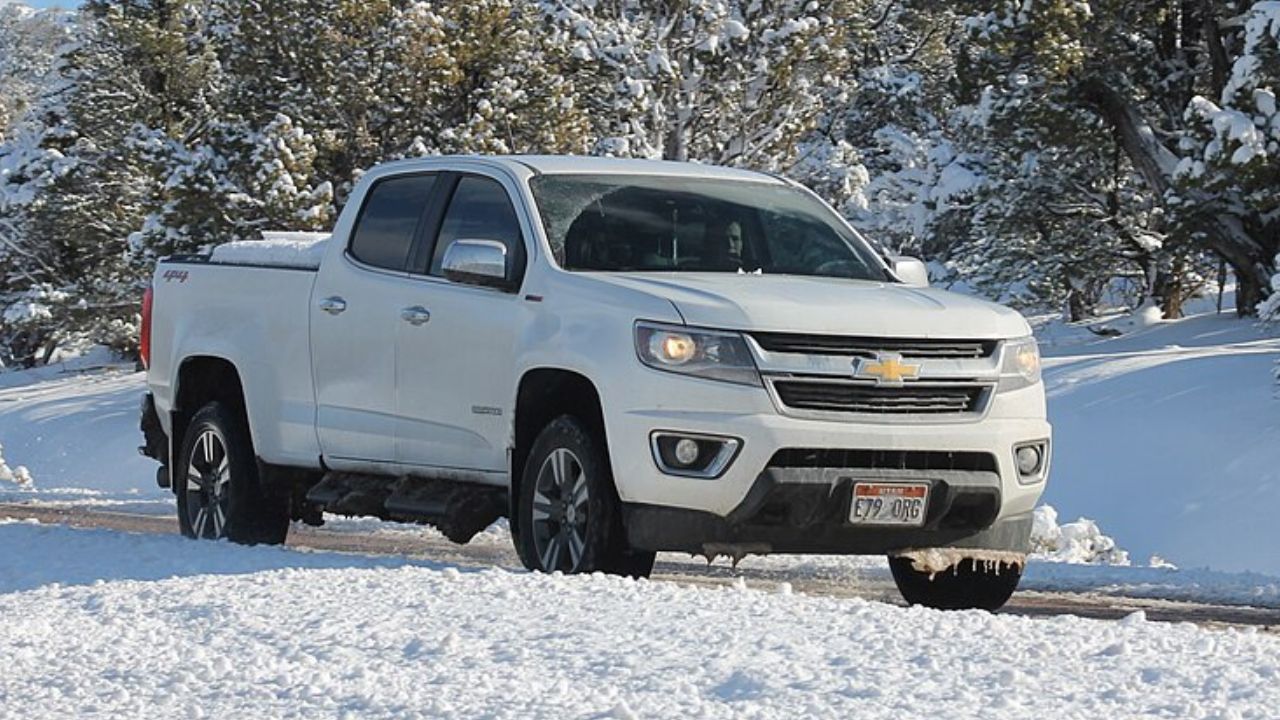
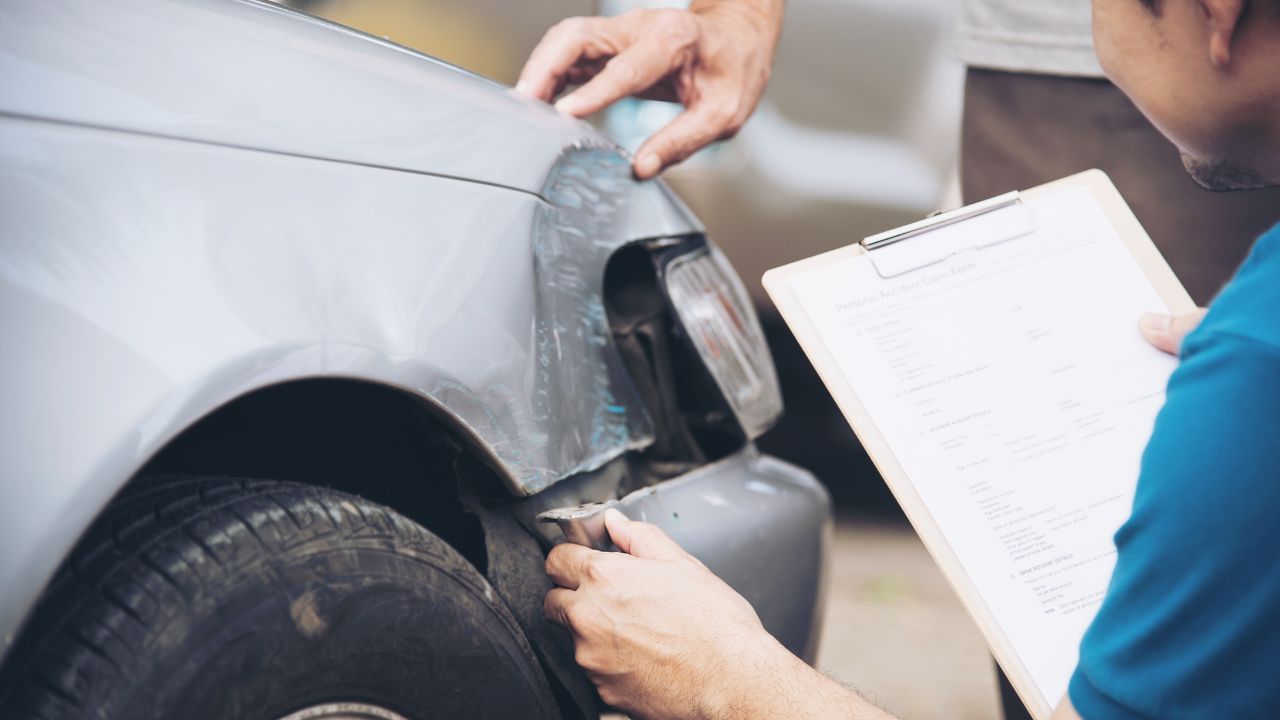
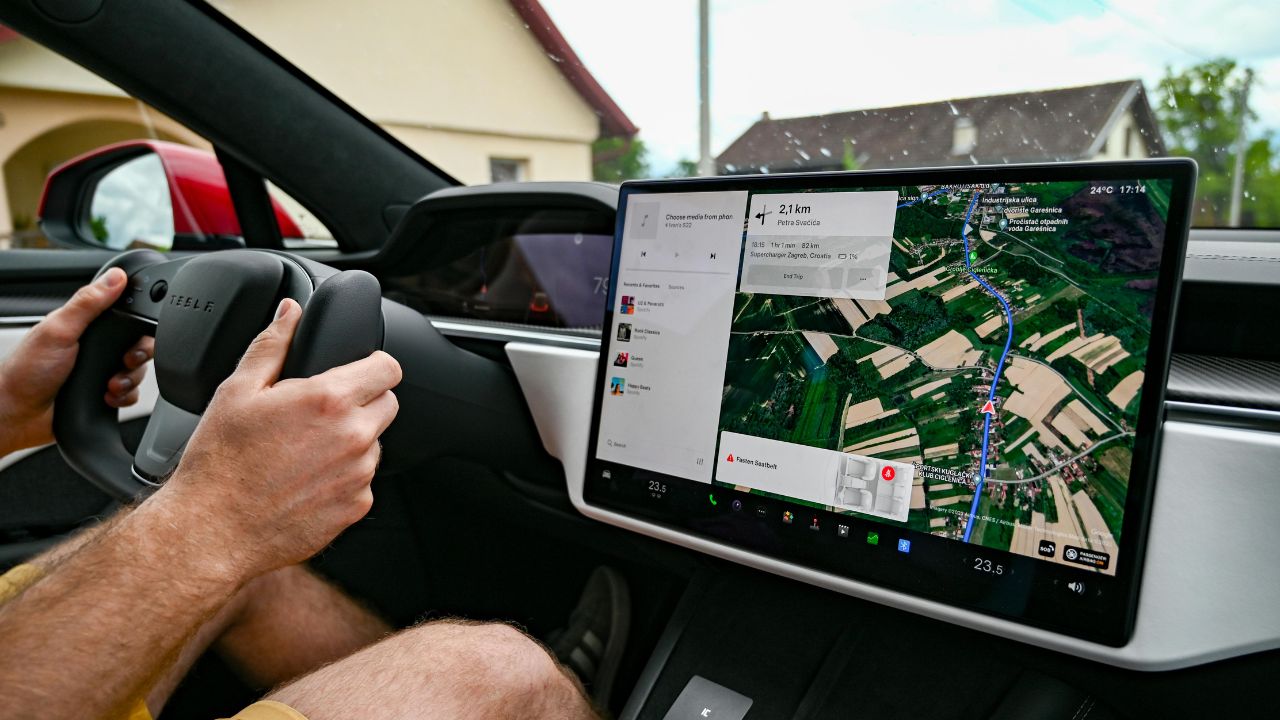

Leave a Reply